Though long out of production, the ATH-AD2000’s unique, aggressive tuning has blessed it with an avid, and well-deserved, fanbase.
Introducing the Audio-Technica ATH-AD2000 poses a kind of unique challenge. First, it’s out-of-production, living entirely on the used market (and somewhat rarely found outside of Japan), the ATH-AD2000 is not a well-known headphone outside the world of hardcore audiophiles and vintage headphone enthusiasts.
- Unique, full-bodied, engaging sound
- Fast enough to avoid getting confused in hectic passages
- Smooth, detailed treble
- Good dynamic ability
- Unnatural tuning
- Somewhat unnatural, distorted soundstage
- Poor subbass extension
It’s also not a universally-recognized landmark headphone like the Sennheiser HD600 or Beyerdynamic DT880. The ATH-AD2000, at the time of its release, was one of the fastest and most technically capable dynamic-driver headphones. However, it was also priced at around USD$800 and rarely found on the U.S. market, meaning there were relatively few audiophiles who were willing to take a chance on it.
Of course, this is all different in the Japanese market, where the current members of Audio-Technica’s Air Dynamic series are prominently displayed in establishments like Bic Camera, more or less the Japanese equivalent of Best Buy. There, I can only assume the ATH-AD2000 is a well-known product – but I am speaking about the international English-speaking community, here.
Nor is it a good all-rounder – at all. In fact, the ATH-AD2000 is known for having a particularly midrange-centric, colored sound that works fabulously for some genres and awfully for others.
Given all that, it’s not surprising that the ATH-AD2000 has attained a somewhat unique cult status. Log onto particular corners of the audiophile Internet and mention the AD2000, and you’ll be met with blank stares from most – but there’ll be a few extremely enthusiastic commenters who will preach the holy gospel of Audio-Technica to you.
Enough about the history. Let’s talk about the headphone itself.
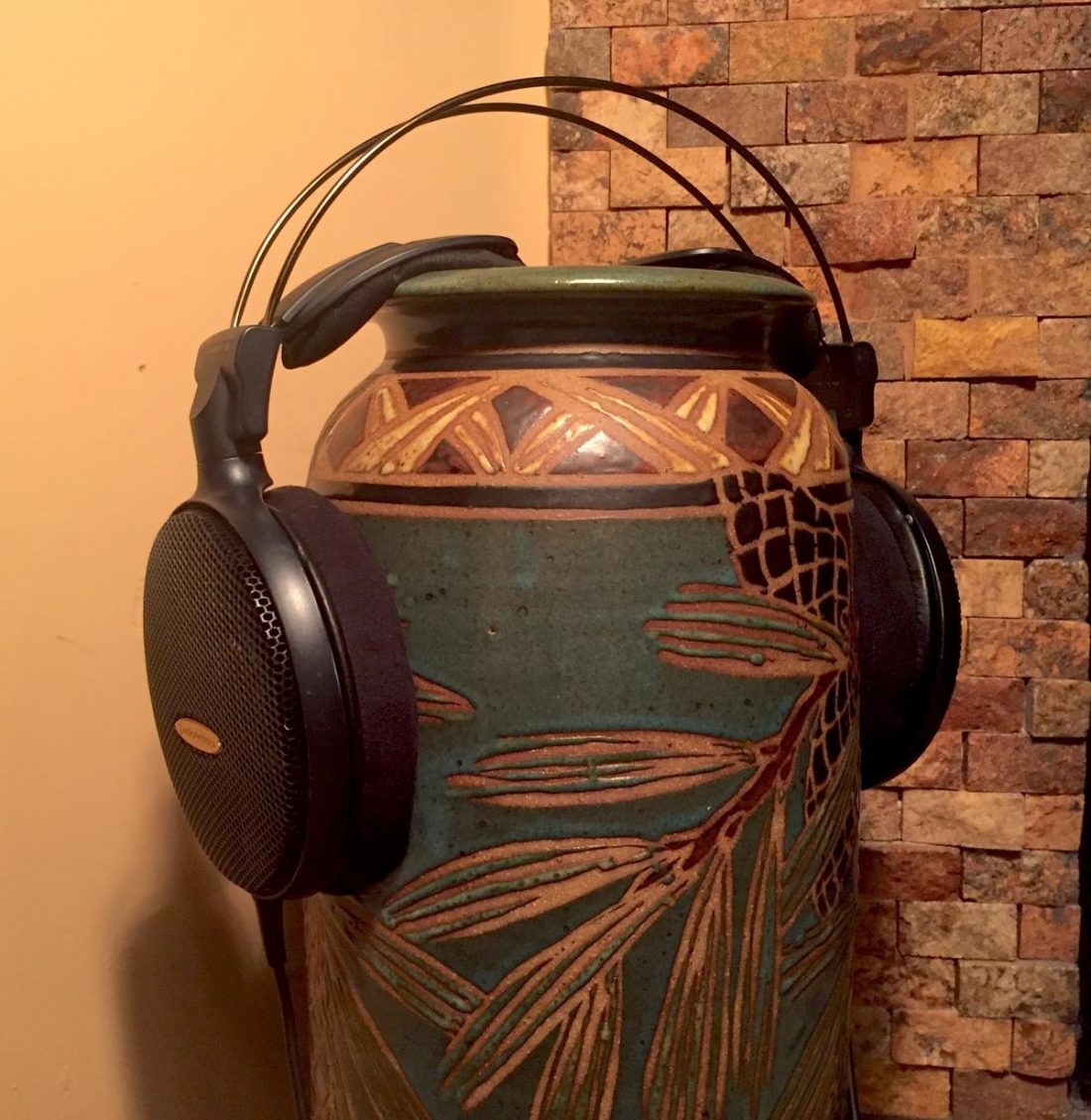
Construction
My first in-person encounter with the Air Dynamic series was not with the ATH-AD2000, but its successor – the ATH-AD2000X. And my immediate thought was god damn, this is a sexy headphone. The changes between the two are subtle, and everything I loved about the AD2000X, I also love about the AD2000.
The round earcups, the open grills exposing the back of the driver to view, the futuristic, metallic headband, the thin Ecsaine earpads, the very very slightly blue-black metal around the earcups – it ticks off all the boxes to me, and is one of my favorite-looking headphones on the market. I’m sure not everybody would agree, but that’s why we have pictures.
Build
I should preface this by saying that I have no idea when my particular product was made, but I am not the first owner.
Broadly speaking, I consider this quite a well-built headphone. Most surfaces that are available to the hands are metal, and all the connections seem quite secure. It does feel like it could survive some significant abuse before breaking. Despite all that, the headphone is quite light, entirely deserving of the “Air Dynamic” moniker. They do not feel heavy on the head at all.
My pair has developed a creak that expresses itself when I adjust them on my head. I have also heard of the headband separating from the earcups in rare cases. Other than that, I have very few qualms about the build of the AD2000.
Comfort
Comfort is entirely another story. I personally find the ATH-AD2000 quite comfortable, but I can imagine that many would disagree.
Instead of a typical suspension headband, the AD2000 uses Audio-Technica’s signature “3D Wing” system – meaning that the headphone is kept aloft by two spring-loaded paddles that rest on either side of the top of your head. I have had problems with this system before, especially in Audio-Technica’s closed-back headphones – both the W5000 and the A900X slowly sunk down my head as I wore them, requiring constant adjustment.
The AD2000 does not have this problem. The headphones stay in place quite well, and the wings distribute the weight across my head quite comfortably. Unfortunately, there are a couple other comfort issues that plague this headphone.
For example, the earcups only rotate laterally – they won’t rotate up and down to conform to the shape of your head. I was lucky to find that the AD2000 already articulated fairly well against the side of my head – but if your head isn’t shaped like mine, you might have to bend the headband to get a proper fit. It’s good that Audio-Technica has adopted a better yoke system for their new flagships, like the ATH-ADX5000.
Also, the earcups are quite shallow, meaning users often find their outer ears pressed uncomfortably against the metal covering of the driver. This does happen to me, and I have found it irritating.
There are ways to thicken the stock earpads (for example, by stuffing rubber tubing or rope underneath the inner edges of the earpads.) But when I tried this, the sound was rather significantly affected, and so I decided to revert to stock. You can call this a miss by Audio-Technica, but the headphones sound good enough that I’ll take the hit.
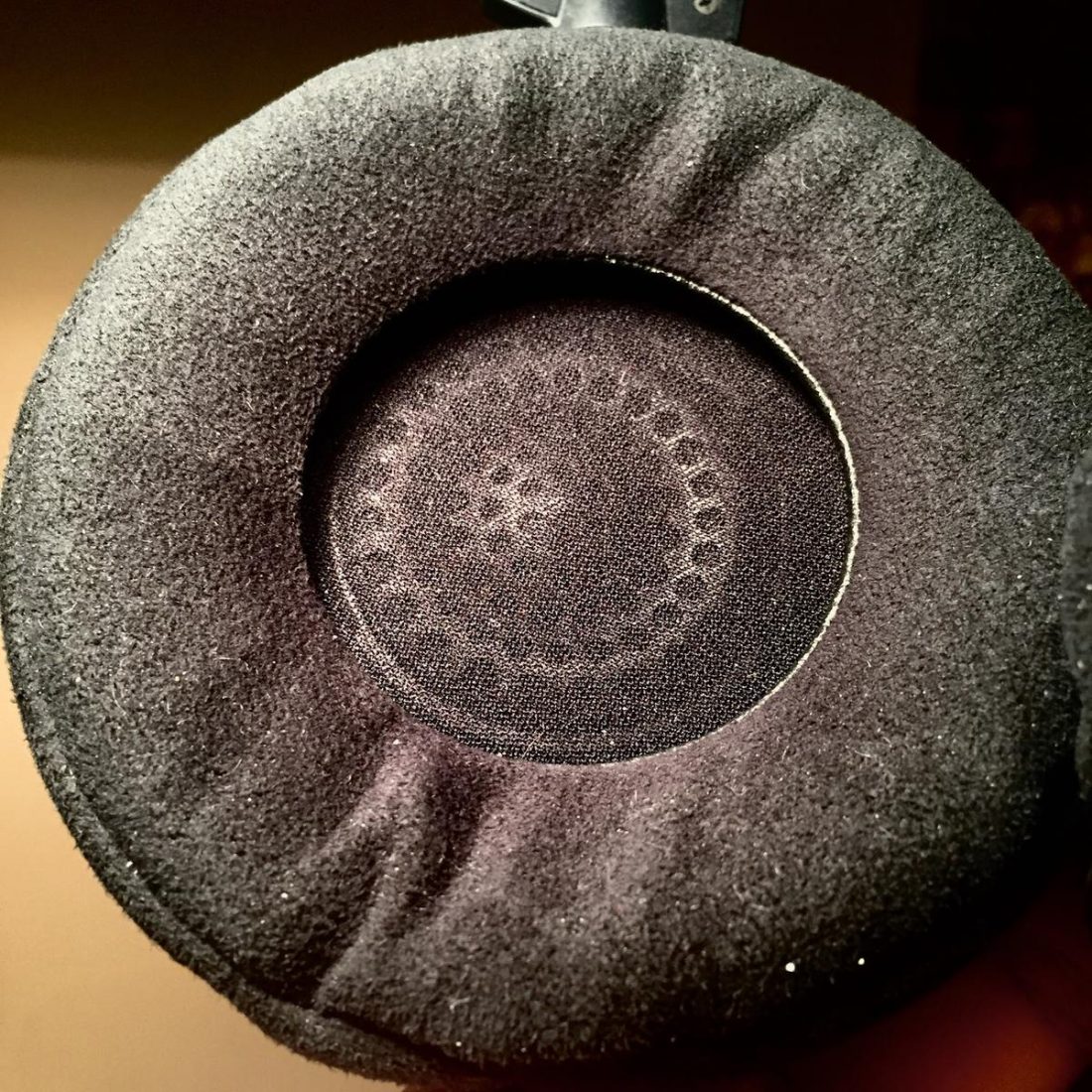
Sound
Audio-Technica is known for having a very particular tuning, usually involving a sharp boost in the upper midrange, lending an edge and increased presence to vocals. Some call this the “weeb tuning,” some call it perfect for female vocals, and others call it hot garbage.
When I showed the ATH-AD2000 to a coworker at the headphone shop by which I’m employed, he told me that he thought the AD2000 was – to paraphrase – pretty much the headphone Audio-Technica has always wanted to make. With its forward, aggressive mids, the AD2000 doesn’t come off as overly sharp, bright, or thin. In fact, to my ears (and others’) it’s actually quite warm.
What’s remarkable is that it achieves that warmth without having the occasionally cloying midbass hump that characterizes, for example, the Sennheiser HD600.
The AD2000 is also quite technically capable for a mid-fi dynamic headphone, especially when it comes to speed and resolving ability. It’s not quite as “detailed”-sounding as something like the Massdrop x Focal Elex or some of the comparably-priced planar-magnetic headphones, but it’s quite fast, and doesn’t get bogged down easily.
It’s also worth noting here that the AD2000 is exceptionally easy to drive, at an impedance of 40 Ohms and sensitivity of 102dB/mW. Don’t think this means you can expect it to play ball with poor-quality power, though – they scale well with high-quality amplification, so you’ll be wasting their potential by running them off your laptop’s onboard audio.
Bass
Let’s get something straight: the AD2000 is not a headphone for bass lovers. Midrange is the star of the show with this headphone, and Audio-Technica makes this clear by making the AD2000’s bass pretty lean and pretty rolled-off. Personally, though, I really like the bass on this headphone.
Most dynamic headphones have a midbass hump – that is, they have a large boost in volume somewhere in the midbass region, and a gradual roll-off below that. The AD2000 does have a rather steep roll-off (at least, in measurements) below about 100Hz, but no midbass hump.
What this means is that the AD2000 does sound a bit “lean” down low, despite the warm tilt of the overall sound signature. I can still hear 30 Hz, but it’s not loud enough to shine through in most music.
Yet, if there was any evidence that “bass impact” is a real thing separate from SPL (Sound Pressure Level – essentially meaning loudness), the AD2000 provides that evidence.
Even though the low end is somewhat “light” in volume, I find that it more than pulls its weight as far as impact goes, while remaining quick and nimble enough to resolve quite a bit of bass detail. This gives the bass a nice forward-driving insistence – these headphones certainly don’t sound sleepy.
Better yet, the AD2000’s bass possesses the blessing of being “well-integrated” with the midrange. There is no sense of detachment from the bass the way there sometimes is with more bass-heavy headphones. The transition from the bass to the midrange is seamless.
So even though the AD2000 won’t appeal to bass-heads, I think the bass is quite nice for the rest of us indeed. It doesn’t call attention to itself like the midrange, but it does its job quite nicely.
For a lot of electronic and rock music, the thickened midrange is stunningly gorgeous, lending a real sense of weight and tactility to things. And of course the headphone has a deserved reputation for doing vocals quite well – especially, female vocals (but also male) sound intimate, full-bodied and textured.
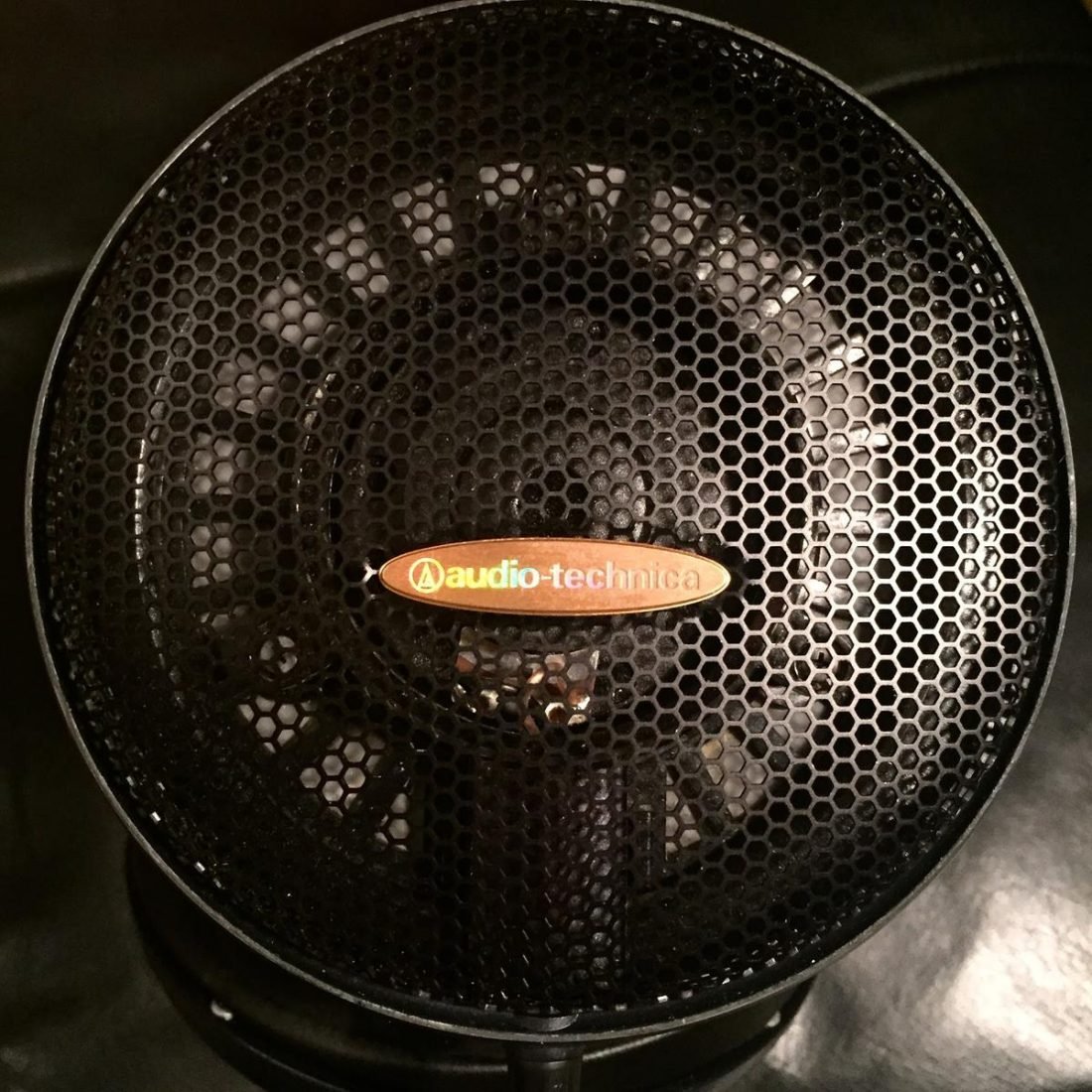
Midrange
Here it is. The one specialty of the AD2000 – the thing it’s known for.
The midrange of the AD2000 is kind of oddball – it’s not neutral, introducing some real (and real odd) colorations to the sound that can’t be heard with any other headphone. First, let’s describe the frequency response.
The AD2000 is essentially flat through the lower midrange and upper bass. The colorations begin at around 1kHz: there’s a rather steep downward slope from about 1kHz to 3kHz, lending the headphone a kind of “thick” and “bodied” sound. This isn’t too unusual; Audeze headphones, for example, are known for having a rather steep downward curve throughout the upper midrange, for example.
However, the AD2000, while thick-sounding, isn’t really dark, and that’s due to a relatively sharp peak in the upper midrange, between 3.5kHz and 4kHz. It’s pretty typical of neutrally-tuned to peak in this range, but neutrality targets generally prescribe a slow build-up to a peak around 3kHz. In the AD2000, on the other hand, the peak is sudden and narrow.
This leads to an odd tuning where instruments and voices are somewhat “thickened,” but not really “darkened,” if that makes any sense. For genres like classical, this is absolutely unacceptable – these headphones don’t sound anywhere close to natural in acoustic recordings.
However, for a lot of electronic and rock music, the thickened midrange is stunningly gorgeous, lending a real sense of weight and tactility to things. And of course the headphone has a deserved reputation for doing vocals quite well – especially female vocals (but also male) sound intimate, full-bodied and textured.
Treble
The AD2000’s distinctive midrange often takes center stage in reviews and impressions. Meanwhile, I have heard relatively few people talk about the treble on these headphones. In a way, that’s understandable – the treble here isn’t exactly “impressive,” especially because it more or less falls in line behind the midrange. But it’s quite nice in its own right.
Compared to your average electrostat or, say, the Sennheiser HD800S, the AD2000’s treble does lack some air, speed, and it’s not the last word on resolution. But compared to any other dynamic mid-fi headphone, the AD2000 comes out on top. The treble here makes the Sennheiser HD600’s treble sound quite grainy in comparison, and the Focal Elex next to these comes off as peaky and unpleasant.
The treble isn’t overly sharpened or emphasized in any way, but it doesn’t feel too soft or veiled either. I would say the level is just about perfect – it could be slightly more prominent, but not by much. And as it is, it certainly doesn’t give the impression of being dark. Like the bass, it’s very well-integrated and natural, if perhaps ever-so-slightly rolled-off.
Soundstage
Like the HD600, the ATH-AD2000 presents music with a sort of forward touch. Instruments tend to sound like they’re very close and tactile, with a lot of body and intimacy. That said, the soundstage is easily somewhat wider than the HD600 off the same source. When something lends itself to sounding “distant,” the AD2000 can give the required distance.
Still, because of the odd midrange frequency response, things do tend to sound forward and overly “present.” This creates a somewhat distorted soundstage, where certain things sound “too close” to be natural, and other things seem pushed back somewhat. Some people have even complained about a sort of effect where things sound simultaneously close and far away – though I haven’t noticed this effect myself.
At times, the off-beat imaging of the AD2000 can be somewhat charming, giving music a swirling, hypnotic feel while maintaining the forward-driving effect of the music’s rhythm.
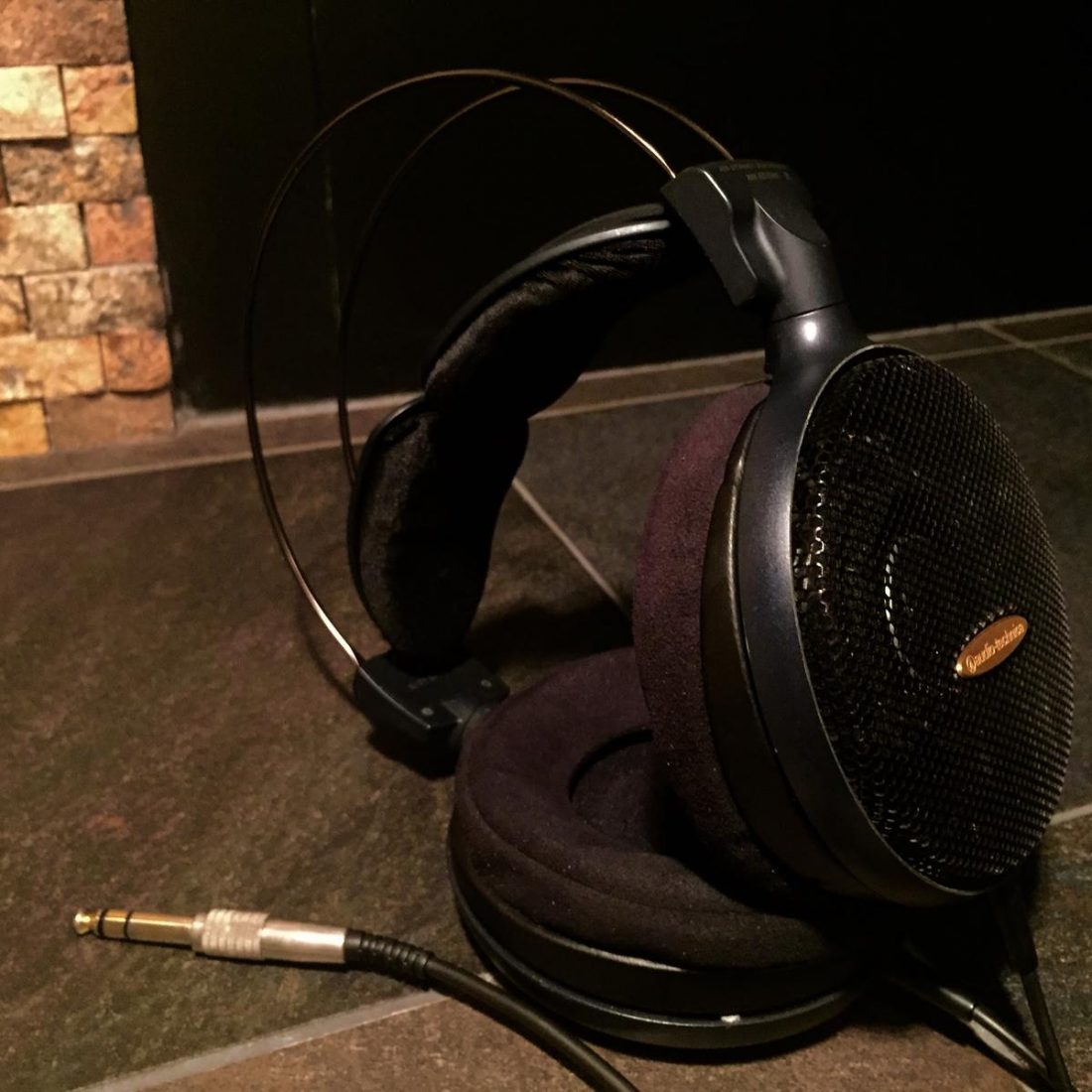
Technical Specification
- Driver Unit: 53mm Dynamic Driver
- Ear Cups Type: Open-back
- Frequency response: 5 – 45,000Hz
- Impedance: 40 ohms
- Max. Input Power: 1000mW
- Sensitivity: 102dB/mW
In Conclusion
Not everybody is into the idea of a flavor headphone. I’d say most people out there really just want a headphone that will accurately play the file you give it with minimal alterations. If that sounds like you, the Audio-Technica ATH-AD2000 is probably not worth your consideration. For a headphone that does a lot of what the AD2000 does with a more neutral frequency response, check out the slightly more expensive Elex.
Still, after a good stretch of owning the AD2000, it’s easy to see why it’s maintained a good reputation among collectors. This is a headphone that pairs an offbeat, interesting, engaging tuning with the technicalities to back it up. For lovers of genres like shoegaze, dream pop and J-pop, the AD2000’s forward and aggressive yet full-bodied sound will probably be quite appealing. Appreciators of headphone manufacturer Grado will also definitely want to give this headphone a look.
My honeymoon period with the headphone has definitely worn off by now, but I still find myself coming back to it again and again when I want that unique Audio-Technica house sound. If you want a pair, it’s worth checking on Hifishark for used pairs. They don’t come up too often, and when they do, they’ll often have to ship from Japan. Still, keep an eye out, and be prepared to jump on any deals that you do see.
For me, the headphone scores a solid 4 out of 5 stars, falling short of the perfect score simply because its tuning just isn’t for everyone – nor is it for all music.
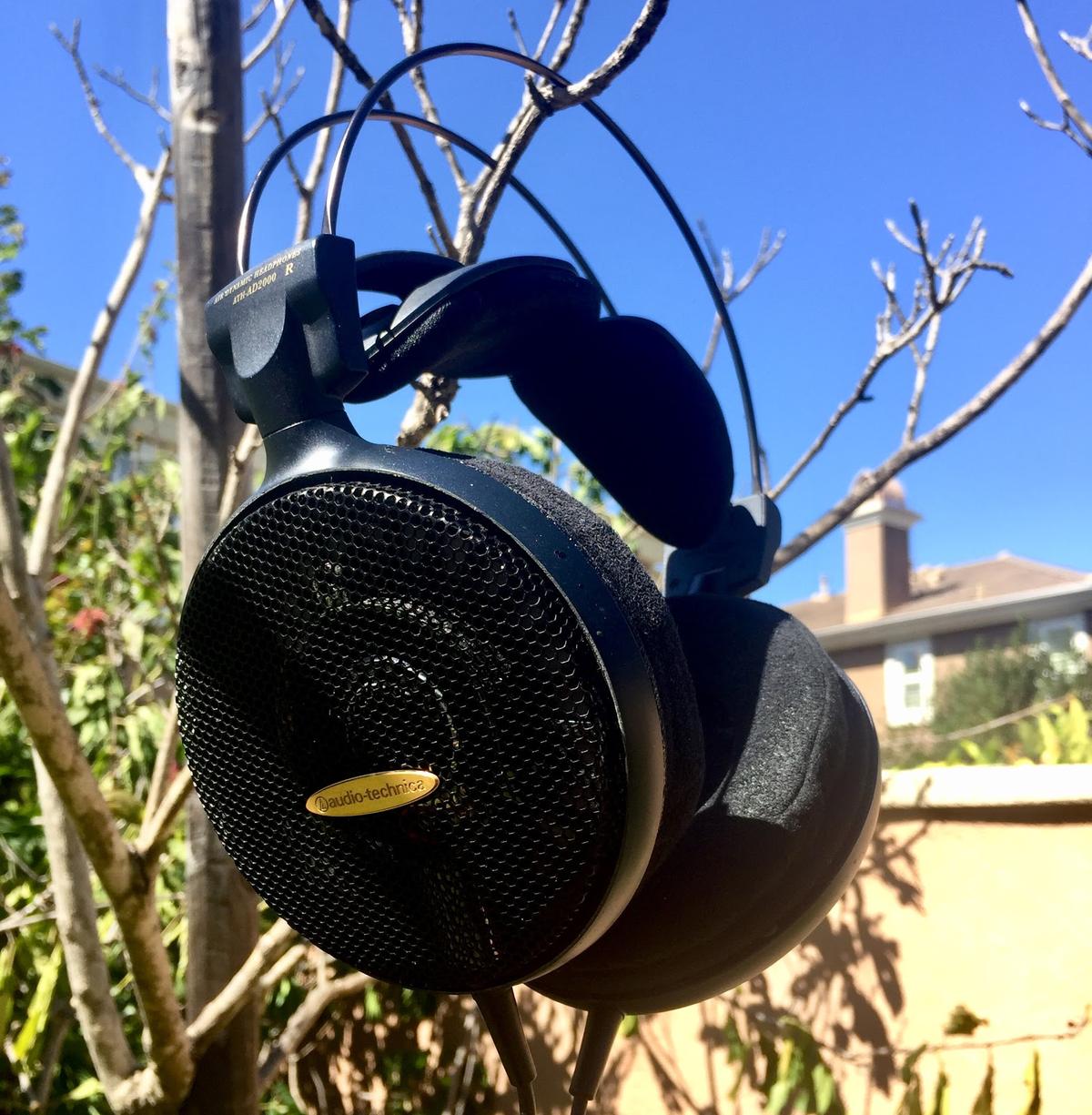
I am new to this audiophile subject and I need you to suggest a headphone amplifier for some HD 650s? they tell me that they are difficult to move.
It can be portable or desktop.
Thank you